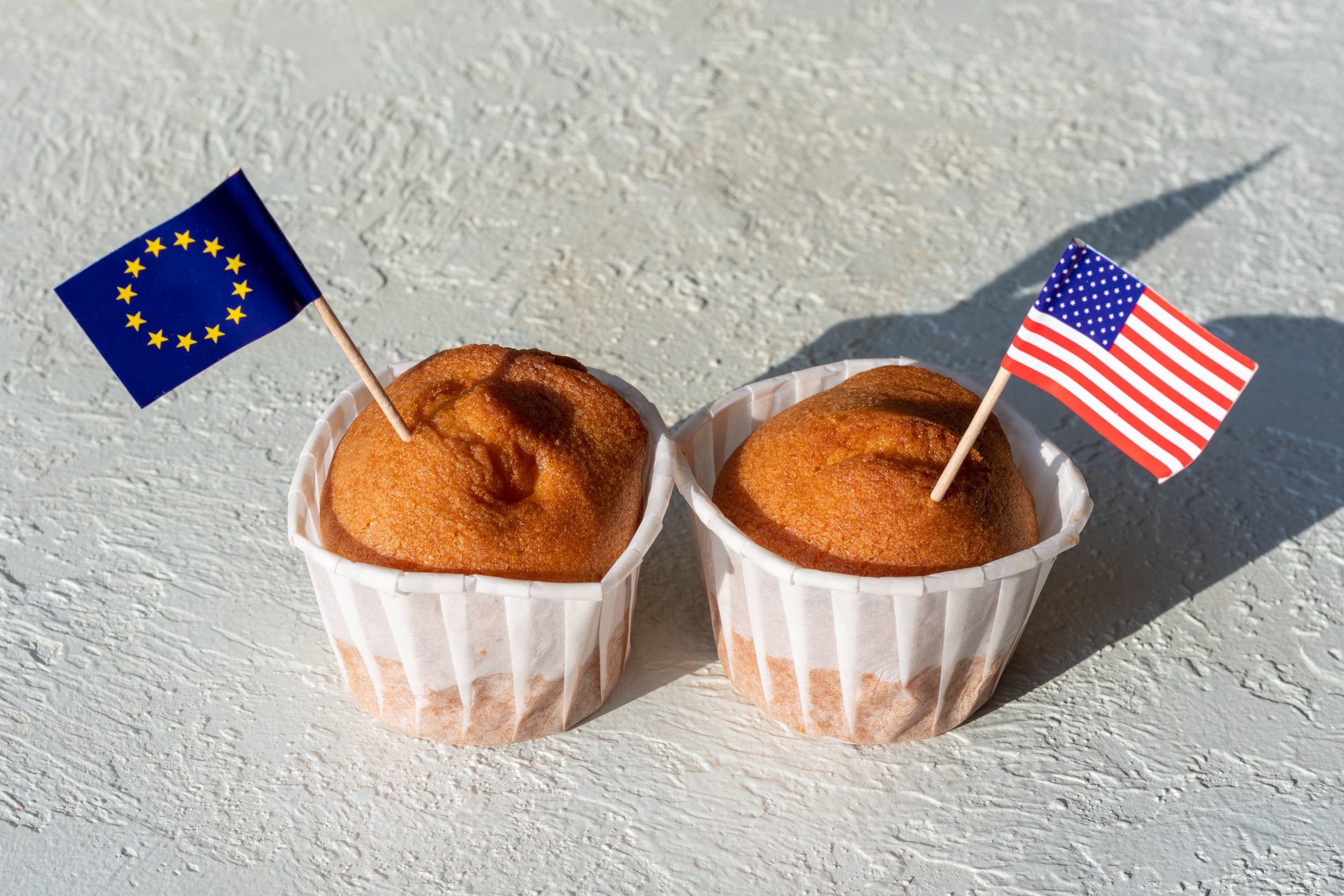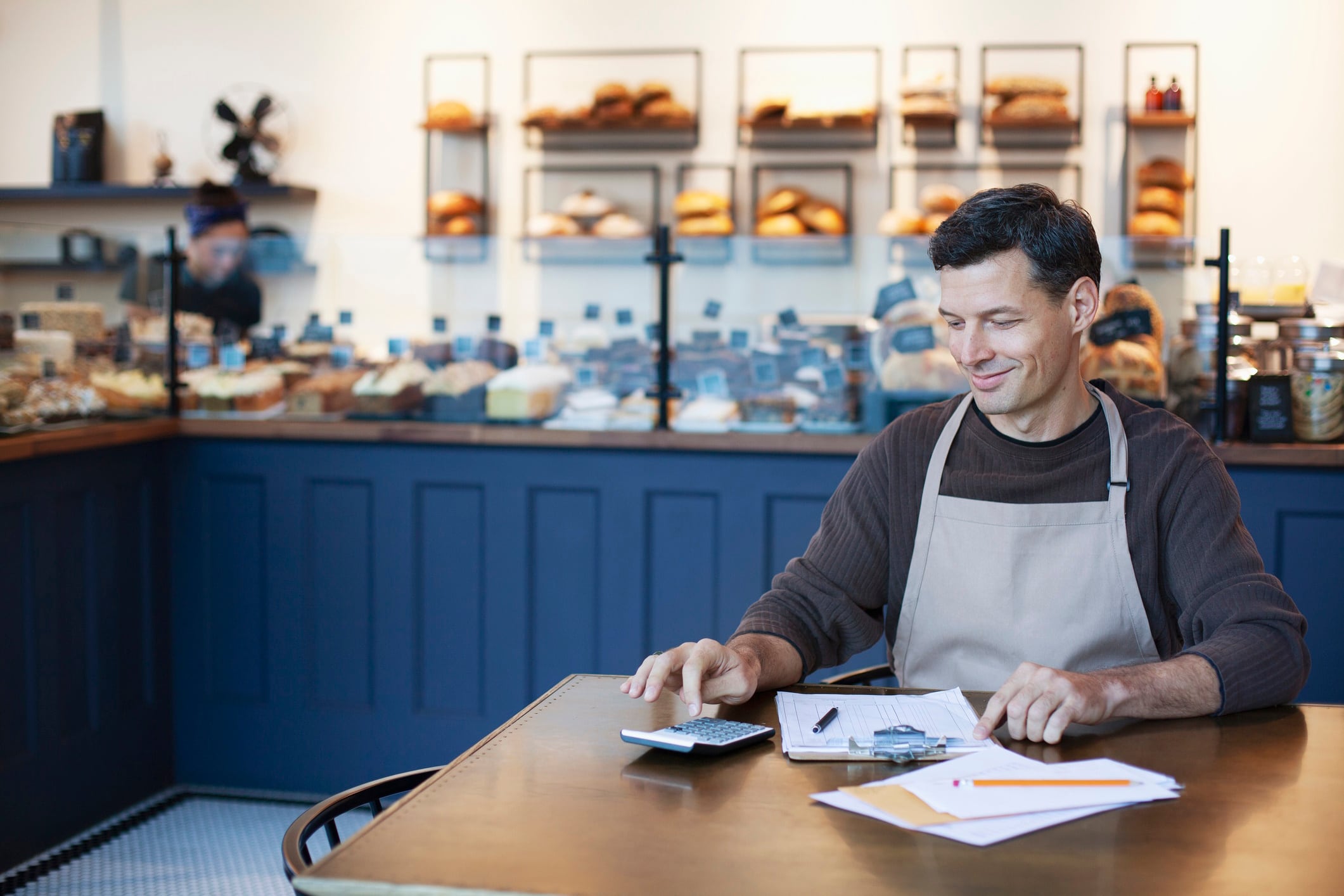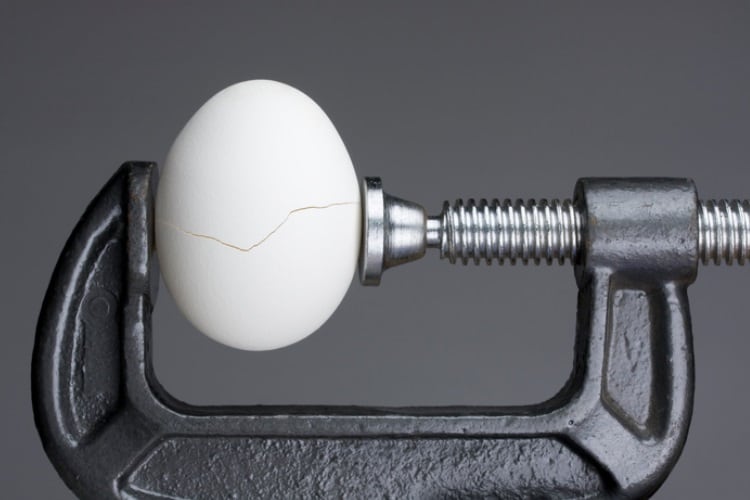The global baking industry is at a crossroads, with consumer tastes, economic pressures and regulatory landscapes shifting rapidly on both sides of the Atlantic.
In a recent transatlantic discussion led by JP Frossard, consumer foods analyst for Rabobank at the American Bakers Association’s 2025 convention in Orlando, Florida, key insights emerged about how the US and European bakery sectors are evolving. His comprehensive analysis highlights not only the differences but also the growing convergence between the markets.
Europe’s maturity vs North America’s growth
“Europe is seeing lower growth compared to North America,” noted Frossard. “But there’s a significant uptick in tourism across Europe, which is buoying local consumption. In contrast, North America - especially the US and Mexico - is experiencing robust growth driven by the retail sector.”
This divergence reflects structural differences. Europe’s bakery market is more mature, with deeply embedded cultural habits and high per capita consumption. The US, however, is seeing new momentum as consumers seek more variety and sophistication in their baked goods.
“After the pandemic, US consumers have become far more sophisticated in their bakery expectations,” Frossard told us. “They want experiences and that’s driving interest in differentiated, premium products.”
Differentiation and premiumisation

Consumers are increasingly going for differentiated products. “What do we eat today is different from what we’re going to eat tomorrow,” said Frossard. “So we may end up spending extra on that differentiation, especially in a context of reduced spending at restaurants.”
He underscored that European bakery companies are capitalising on their strengths by exporting laminated doughs, brioches and other specialty products to North America. “European companies are coming west with what they do best,” he said.
“They have the supply and we have the demand. For example, Americans are bringing brioche buns to the Fourth of July barbecue - it’s a statement. They like offering more differentiated products, to show their guests they know about different products.”
He added, “Americans are looking for experiences - we want to travel to Europe in the summer. But if you can’t, you still want to have those products when you get home. The pandemic was a great experimentation opportunity and we are still benefiting from that today because we know how difficult it is to bake a sourdough, for example. So when you see that beautiful sourdough or that croissant, you understand why it costs more. And that’s a positive note for both industries.
Regulatory realities and market entry hurdles

European companies face a labyrinth of food laws at home while navigating differing US regulations. However, it’s a quagmire. With states across the US rapidly introducing new ingredient bans and labelling laws - such as recent legislation targeting synthetic dyes like potassium bromate and red dye #3 - the regulatory environment is a moving target.
“The regulatory environments are becoming more complex, and that’s both a challenge and an opportunity for local and foreign players,” said Frossard. “If tariffs are implemented as announced - it’s still very much in the air because every day something different is announced - it may make more sense for European companies to eventually set up local operations in the US.
“We have many examples of European companies and players establishing or expanding facilities in the US in the past decade, so the interest has been out there for quite some time.”
He added that premium products - like imported pasta - illustrate how value perceptions affect price elasticity. “There’s a $700 million flow of Italian pasta coming to the US. These products are already more expensive than US-made versions, and if they were subject to tariffs, they’d become even more expensive. But Americans don’t buy those products on price - they’re perceived as differentiated. And more affluent US consumers may be willing to pay for that, even if they end up paying the extra cents for that occasion.”
Supply chain lessons post-crisis

The dual shocks of COVID-19 and the war in Ukraine exposed the fragility of global supply chains. Bakery companies on both continents have responded by rethinking sourcing strategies. “We’ve seen more local sourcing, more inventory buffers and a greater focus on resilience. That’s not going away.”
Volatile input costs - from wheat to energy - have also pushed companies to consider long-term commodity contracts and recipe reformulation. “Brands have had to fine-tune pricing strategies,” said Frossard. “You can’t just pass costs on anymore; you have to justify them with value.”
Consumer shifts: Clean label, UPFs and GLP-1

The clean label trend continues to influence both markets, but Europe is further along in integrating it into mainstream offerings. “Europe has experimented NutriScore. They’ve already had this discussion about UPFs,” Frossard noted. “In the US, it’s still unfolding.”
He added: “UPFs are very embedded in the clean label conversation we’ve had before – they just represent a new way of defining food. We’ve had this nutritional approach of splitting things into proteins, carbs and fats. Protein has been a big winner; (healthy) fats have their appeal; and carbs tend to fall last. Fibre is extremely important but not as easy to market. Consumers want taste and functionality. So we’re talking about how food is made - how much of its natural properties are still there. And bakery can be a very natural process that can benefit from these discussions. It’s mostly four ingredients the consumer can recognise: enzymes, wheat, water and salt.”

Frossard also pointed to the growing consumer scrutiny of ingredients like seed oils, red dyes and potassium bromate - especially in the US. “Consumers were already asking about these ingredients before the government got involved. Now, with more visibility from policymakers, the pressure is on.”
On that front, “The concern was already there. It’s not something new brought in by this administration,” Frossard said. “But now the discussion has much more visibility, with some support from both sides of the aisle. The industry is paying attention and is taking more proactive action to provide consumers with what they want - more options.”
GLP-1 medications used for weight loss, such as Ozempic and Wegovy, are having an outsized influence on US food behaviours. Not so in Europe. “We’re going to keep talking about GLP-1s, but I don’t think they’ll have as much impact in the EU as in the US,” said Frossard. “We see less appeal for these drugs in continental Europe.”
A tale of two approaches
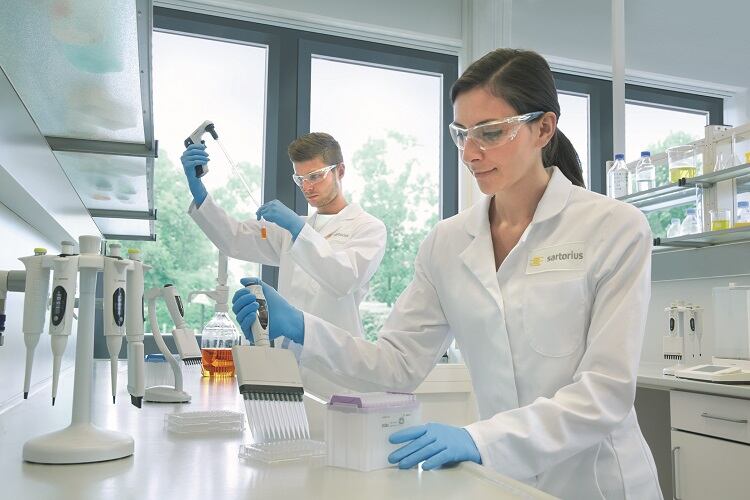
Startups across the Atlantic are taking distinct but equally innovative approaches to bakery solutions.
In Europe, there’s a strong focus on biotechnology, with advancements like precision fermentation and enzyme innovation driving cleaner labels and longer shelf life, said Frossard.
Meanwhile, North American players are leaning into plant-based formats that replicate traditional baked goods while catering to dietary trends such as vegan, keto, and high-protein. Across both regions, technologies like AI, automation, and waste reduction are integral to sustainability efforts.
“There’s shared momentum on both sides when it comes to sustainability, efficiency and bringing new option to consumers,” he noted. “The pandemic really opened up the appetite for experimentation.”
The retail landscape
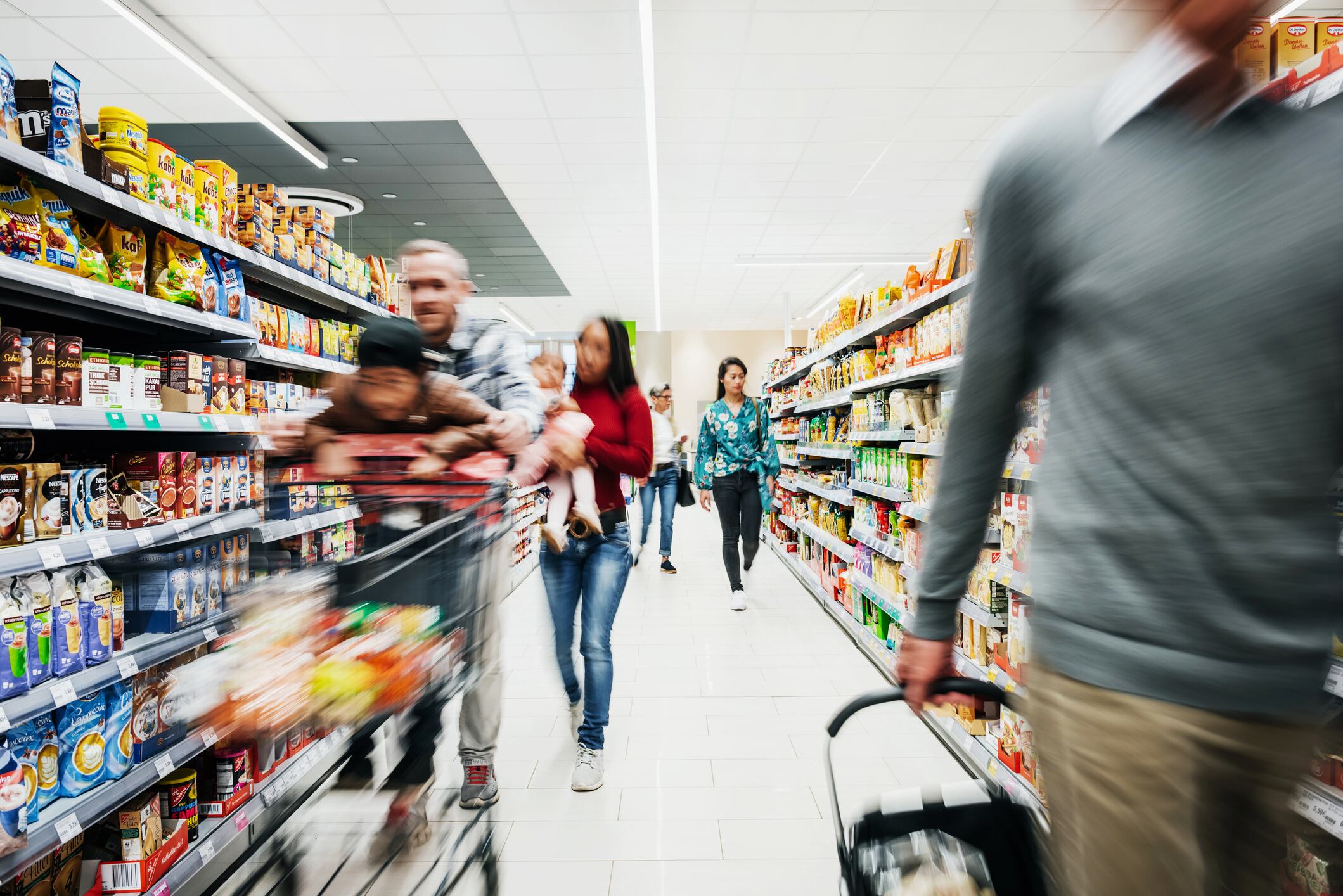
Post-pandemic, European discounters like Lidl and Aldi have gained a stronger foothold in the US, introducing American consumers to a broader array of European bakery products. This has shifted the retail landscape significantly. “We’re seeing more players establish or expand facilities in the US. It’s good for consumers - more options, more competition,” said Frossard.
E-commerce, once thought to be bakery’s weak link, is gaining ground. “Baked goods are sold because they make consumers feel good. If you have a good story, a beautiful image and clean ingredients, consumers will buy online provided the last-mile delivery is in place.”
Transatlantic synergy

Despite geopolitical headwinds - tariffs, trade tensions and even Brexit - Frossard remains optimistic. “We’re seeing greater interconnection. European pastries are big in the US; American baked goods are gaining traction over there. People want options, and social media amplifies that.
“There are consumers everywhere looking for similar stuff. They want experiences, especially younger folks. They want to try different products and learn about other food cultures. A TikTok recipe may require a product you’ve never heard of - and suddenly you’re at the supermarket trying to find it.
“As a business, it’s not about replacing your portfolio but adding to your options, and that’s not going away anytime soon.”
Ultimately, the challenge for 2025 and beyond is how bakeries can regain volume in an uncertain economic environment. “It’s about value. How do I bring something new that justifies the spend? That’s the big question for both sides of the pond.”
With consumer tastes evolving rapidly and the world more connected than ever, the bakery industry is being reshaped in real time. For those ready to adapt, the opportunities are rich - and rising.
How do the US and EU bakery markets stack up?
Market growth
US: Higher, driven by retail
EU: Slower, mature market, tourism boost
Product mix
US: 50:509 bread to other products
EU: Highly artisan-looking, mostly bread items (>80%), significant region diversity
Consumer focus
US: Experience-driven, convenience-seeking
EU: Regional tastes, tradition & innovation
Premiumisation
US: Restaurant traffic dropping, demand for occasion at home
EU: Stable, integrated into product culture
UPFs/clean label
US: Emerging concern, state-led policies
EU: Limited relevance, slower adoption
Innovation focus
US: Plant-based, AI
EU: Biotech, AI, waste reduction
Supply chain strategy
US: Resilience via local production
EU: Local sourcing, inventory buffers
Trade challenges
US: Tariffs, regulatory divergence
EU: Brexit-related friction, labelling laws, trade war


